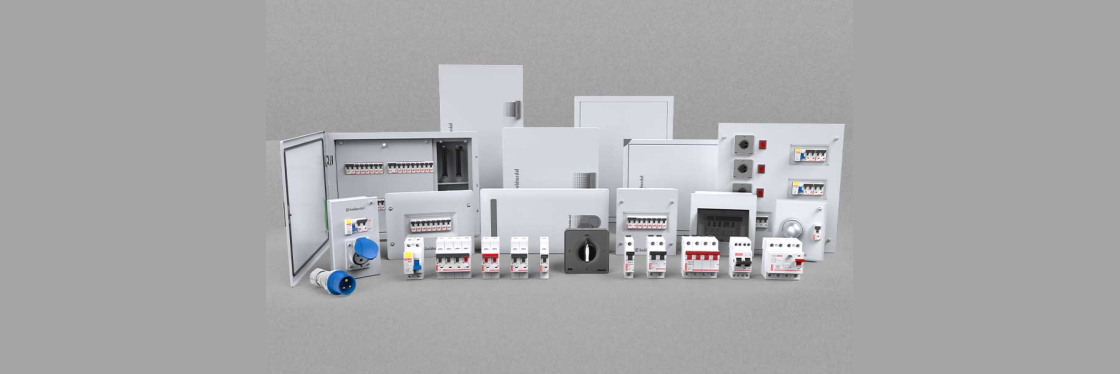Importance of SPD: Why Surge Protection Devices Are Highly Recommended
Table of Contents
- 1. What Does an SPD Do?
- 2. Why Are SPDs Highly Recommended in Indian Homes?
- 3. How Does an SPD Work?
- 4. Benefits: Why Every Home Should Have SPD
- 5. Where Should You Install SPDs?
- 8. Key Types of SPDs
- 9. Actionable Tips for Choosing the Right SPD
1. What Does an SPD Do?
Limits Overvoltage: When there’s a sudden spike, the SPD redirects extra voltage safely to earth.
Prevents Equipment Damage: Protects sensitive devices from burning out or failing.
Shields Hidden Wiring: Protects home wiring, sockets, and all connected appliances3.
2. Why Are SPDs Highly Recommended in Indian Homes?
Frequent Power Surges: India experiences frequent voltage fluctuations due to irregular power supply and storms.
Protect Expensive Gadgets: Modern homes have more electronics, all of which are vulnerable to surges.
National Building Code & IS Standards: Top standards in India and worldwide highly recommend SPDs for appliance safety.
Increases Safety: Helps prevent potential fire hazards caused by damaged circuits.
3. How Does an SPD Work?
Monitors Voltage: Stays on guard when power is stable.
Switches Fast: Senses any voltage increase and instantly redirects extra power to the ground.
Returns to Normal: Quickly returns to standby, ready for the next surge.
4. Benefits: Why Every Home Should Have SPD
Saves Money: Avoids costly repairs and replacements.
Peace of Mind: Ensures all appliances and devices are protected—even sensitive ones like laptops and microwave ovens.
Reduces Downtime: Essential systems like Wi-Fi, CCTV, or refrigerators stay running3.
Protects Data: Data loss or corruption from sudden shut-offs is reduced.
Enhances Electrical Safety: Reduces fire risks from burned wires or damaged circuits.
5. Where Should You Install SPDs?
Main Distribution Board: Offers whole-house protection.
Individual Outlets: Add extra protection for high-value gadgets like computers, televisions, or home theatres.
On Data Cables: For internet, CCTV, and telephone lines.
6. Key Types of SPDs
Type 1 SPD: For direct lightning protection, usually in large buildings or areas with high lightning risk.
Type 2 SPD: Standard for most homes and small offices, prevents overvoltage from entering your main panel.
Type 3 SPD: For sensitive devices—installed close to the appliance for final defense.
6. Key Types of SPDs
Type 1 SPD: For direct lightning protection, usually in large buildings or areas with high lightning risk.
Type 2 SPD: Standard for most homes and small offices, prevents overvoltage from entering your main panel.
Type 3 SPD: For sensitive devices—installed close to the appliance for final defense.
7. Actionable Tips for Choosing the Right SPD
Look for IS/IEC certification for safety and compliance.
Choose a type based on your building (ask a qualified electrician).
Use both main board and point-of-use SPDs for layered protection.
Always follow manufacturer instructions for installation.
Replace old or worn-out SPDs as advised.
